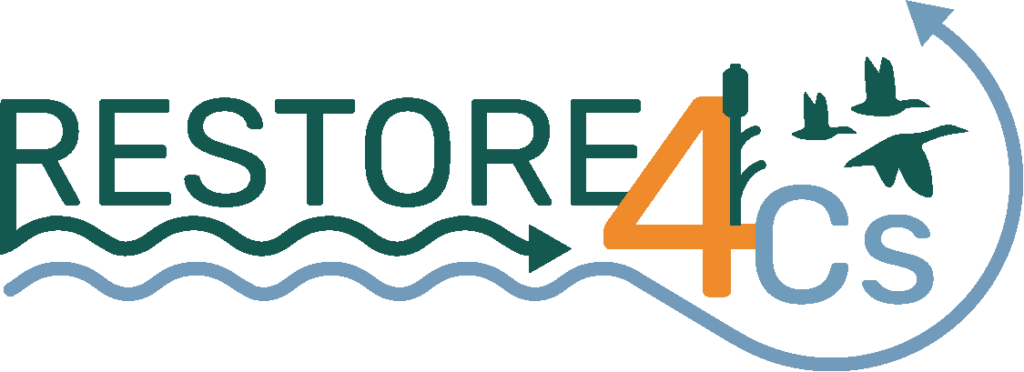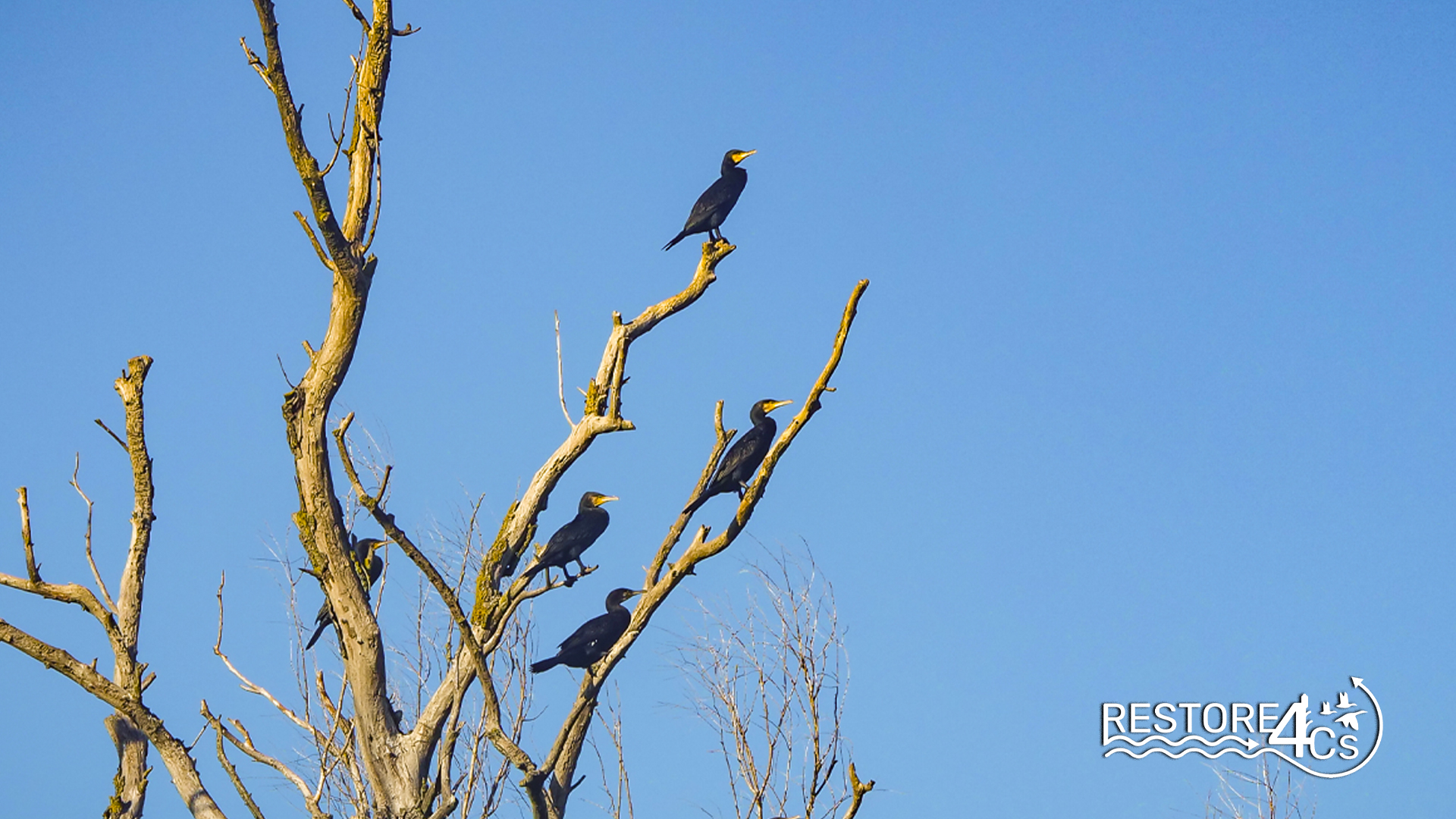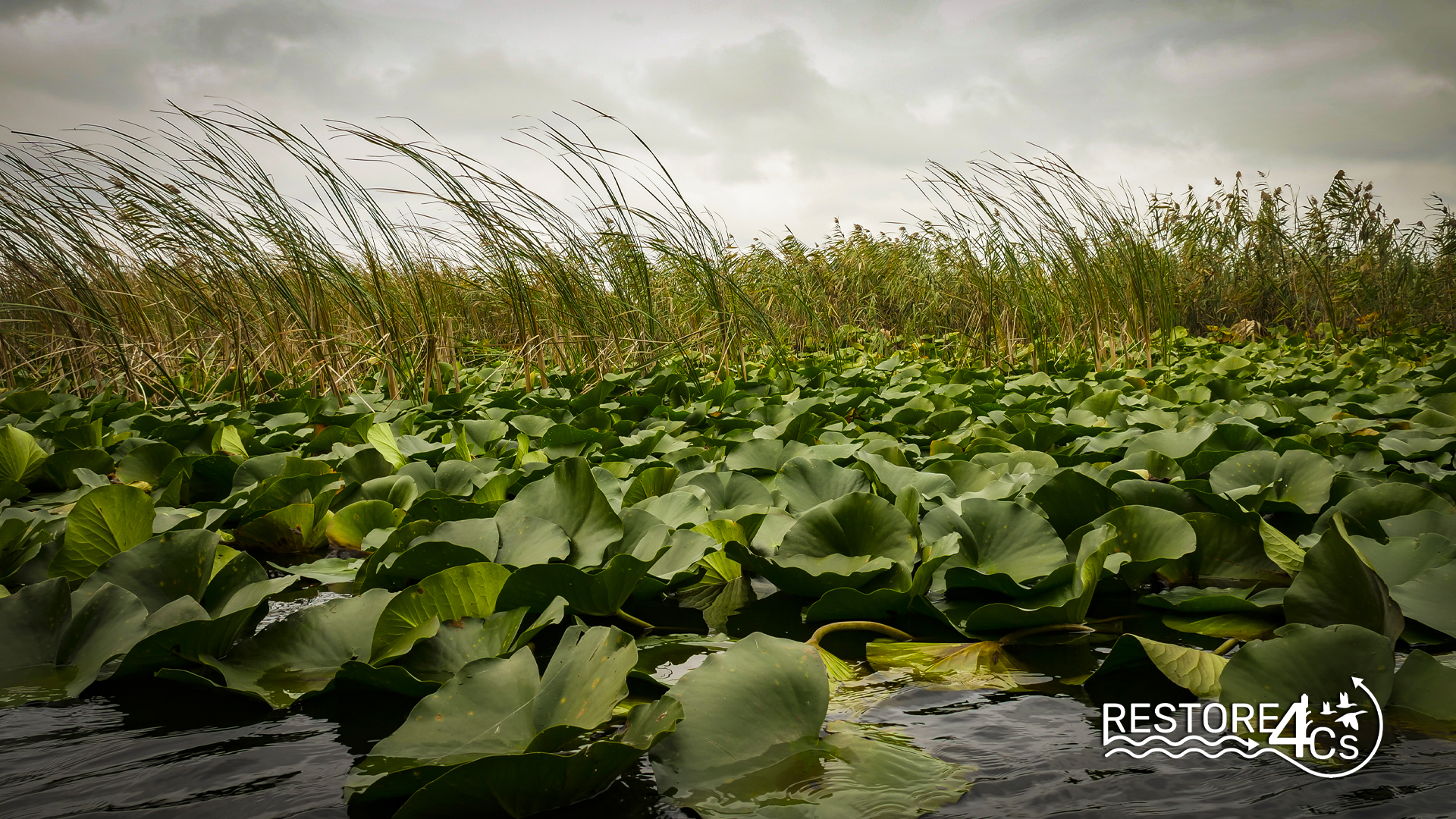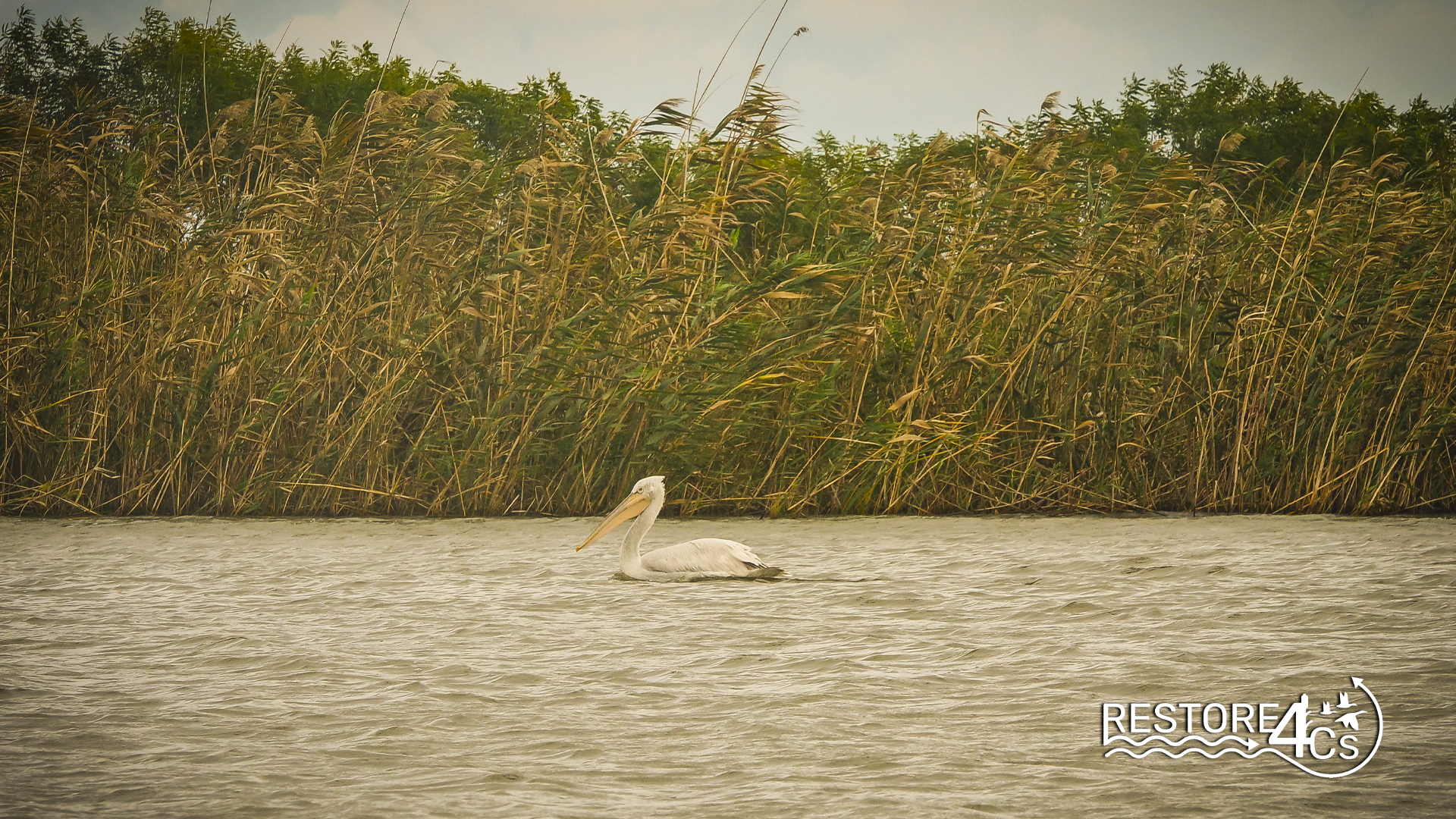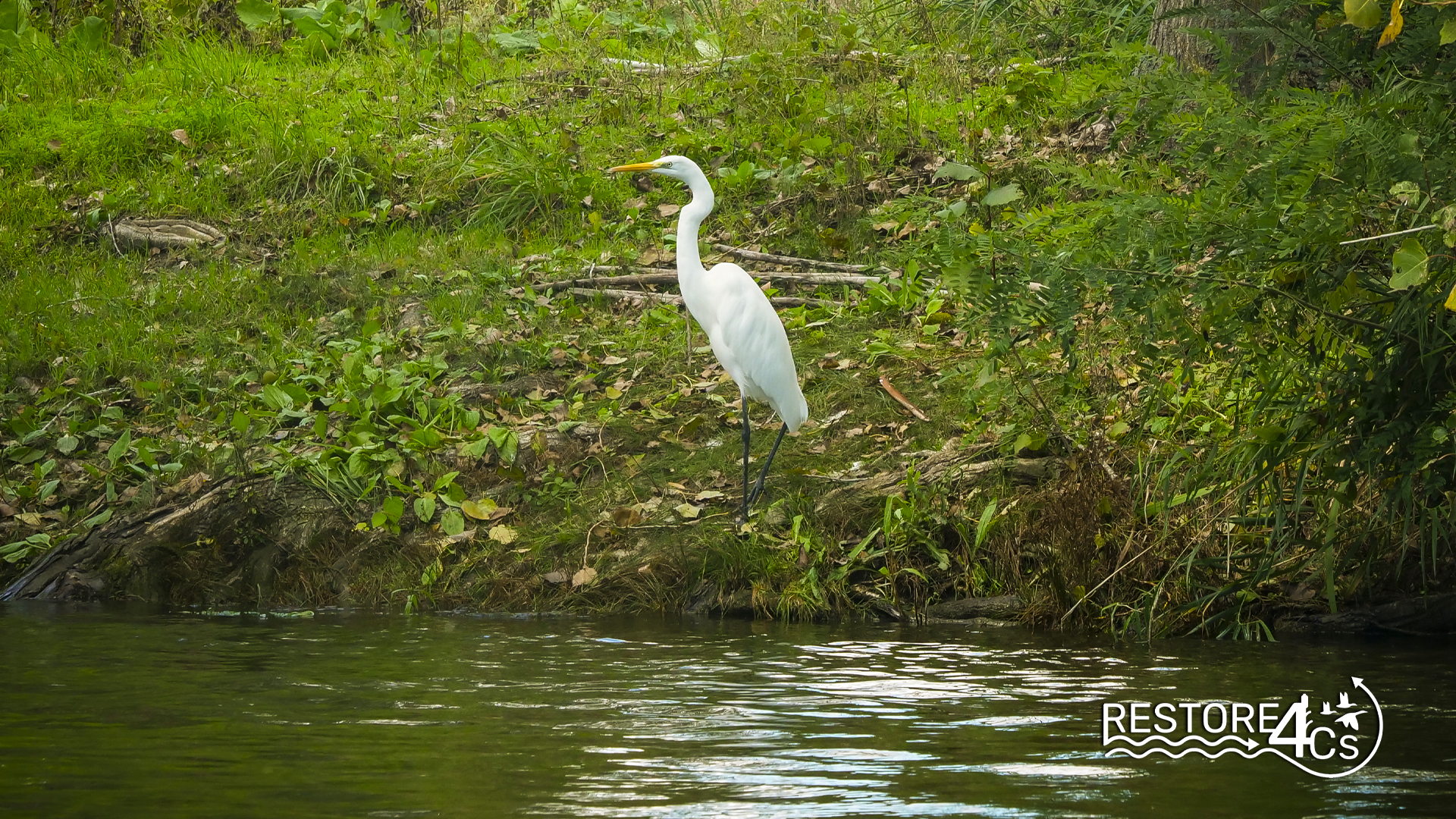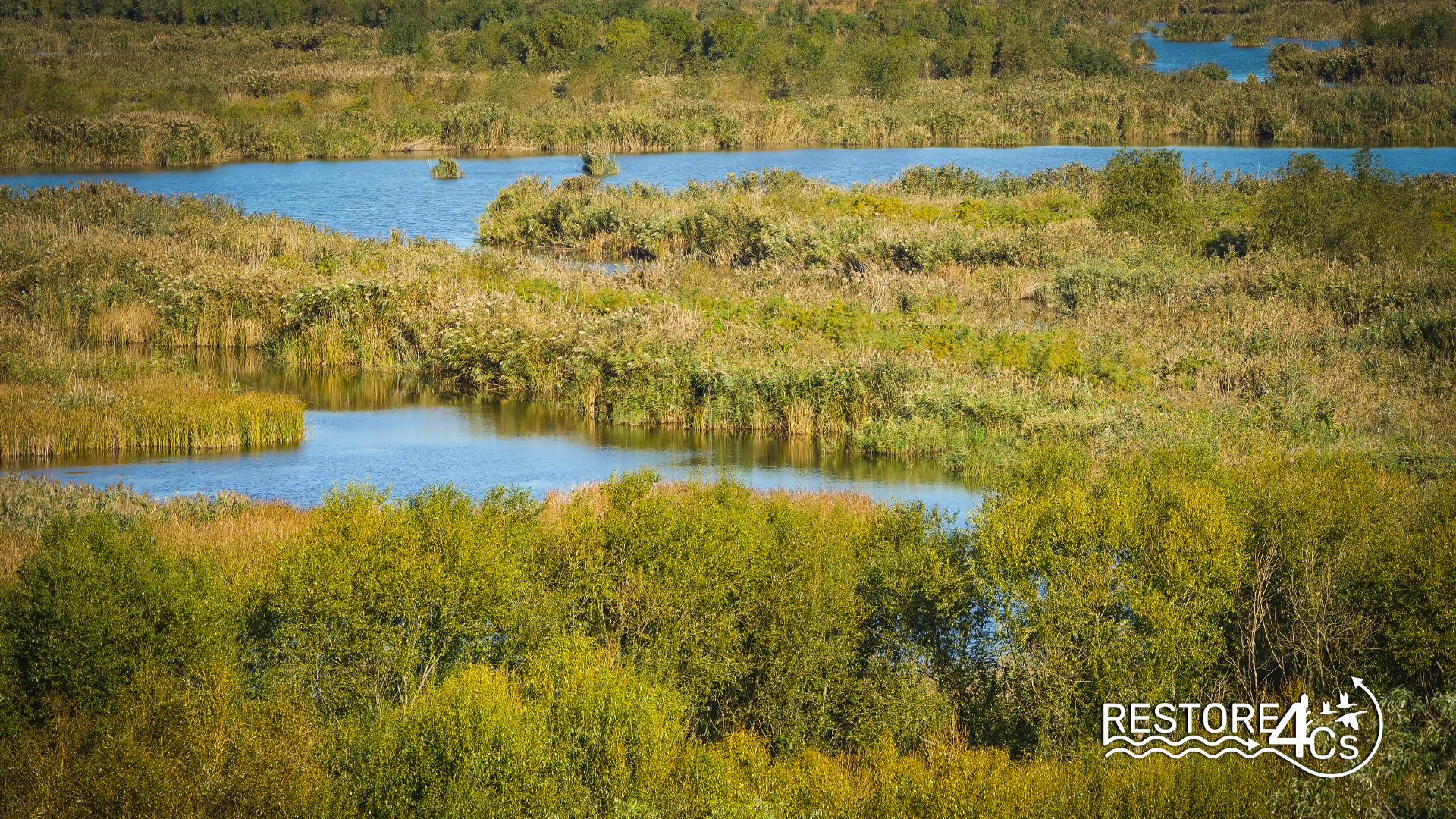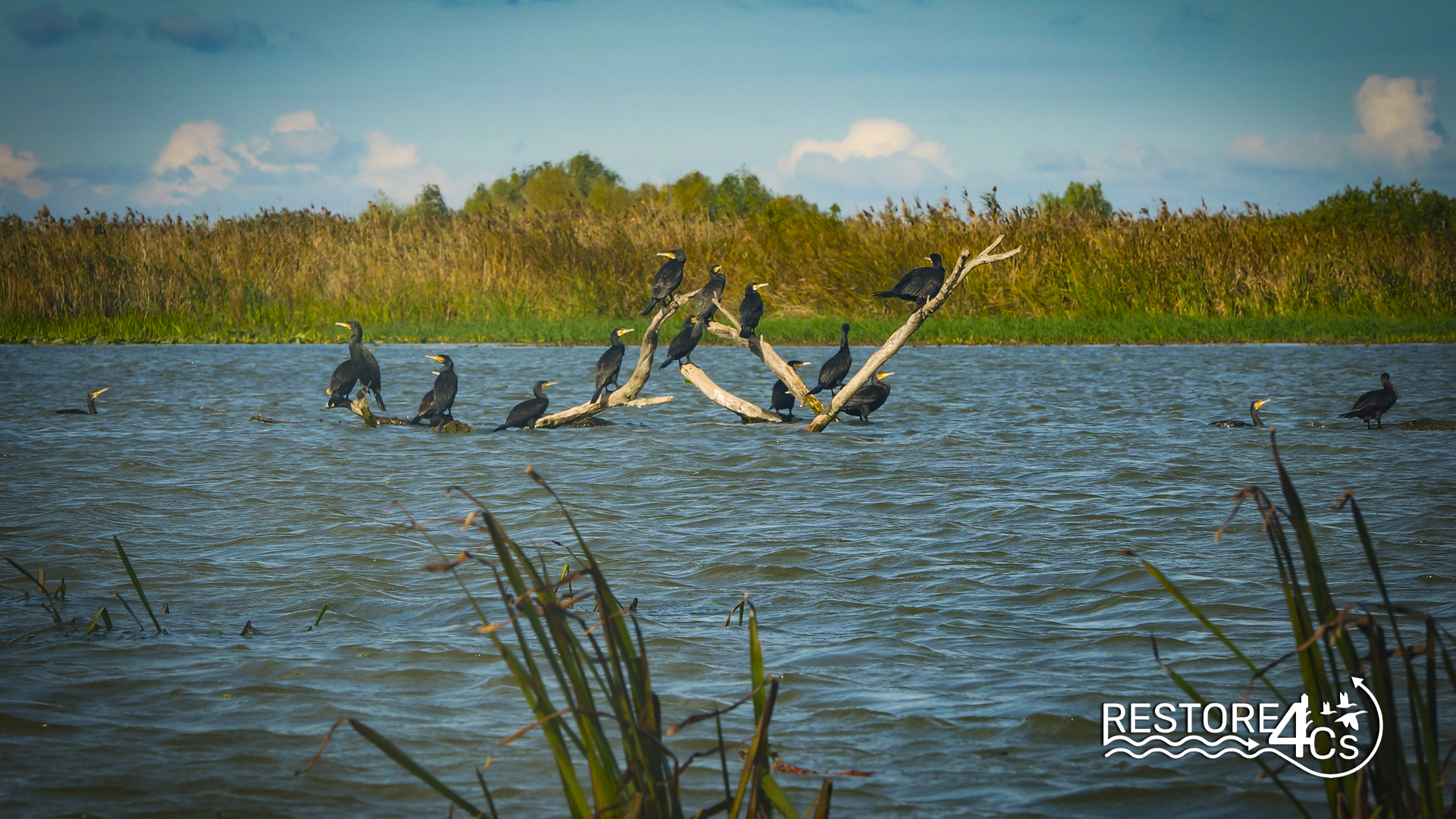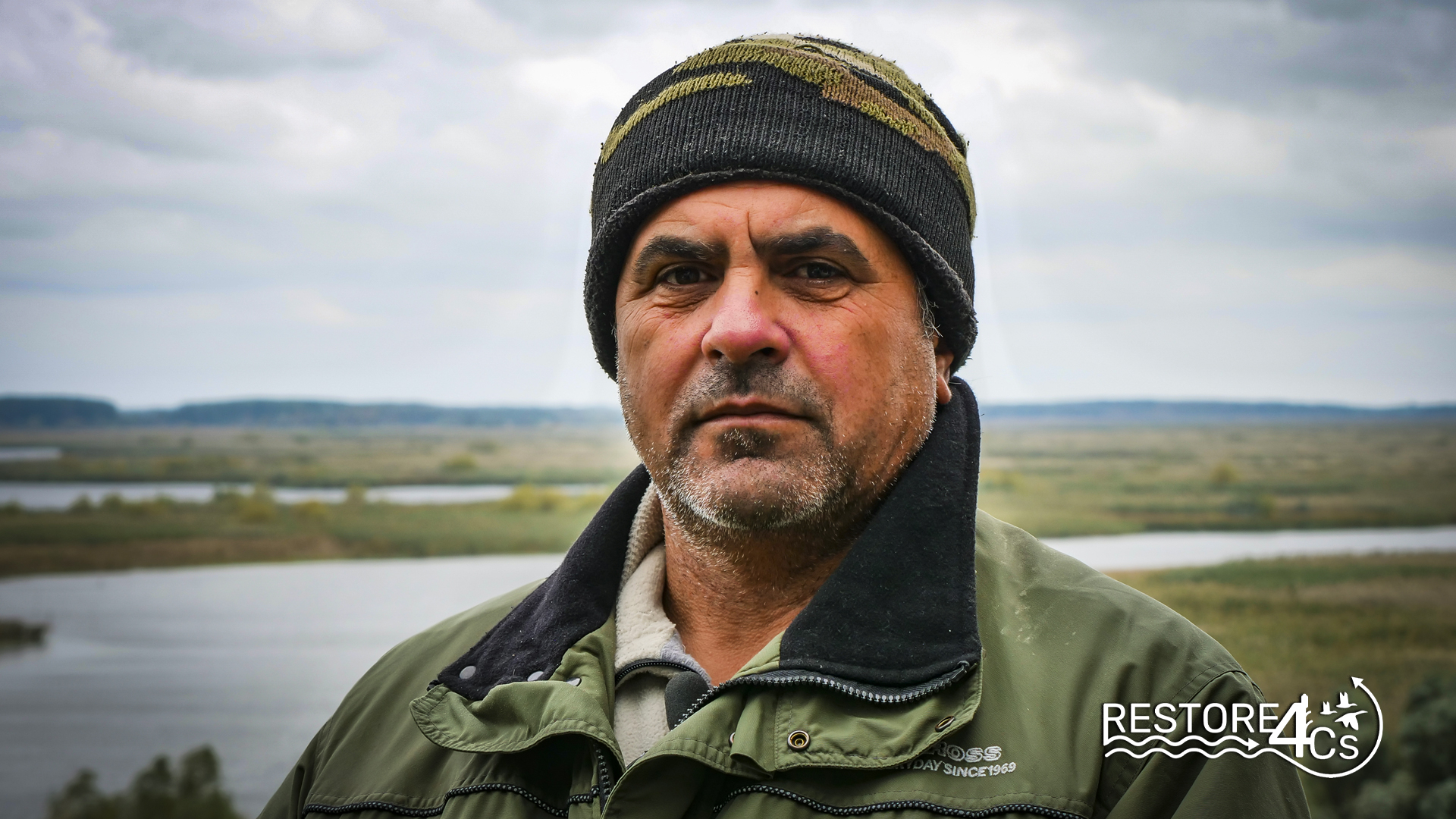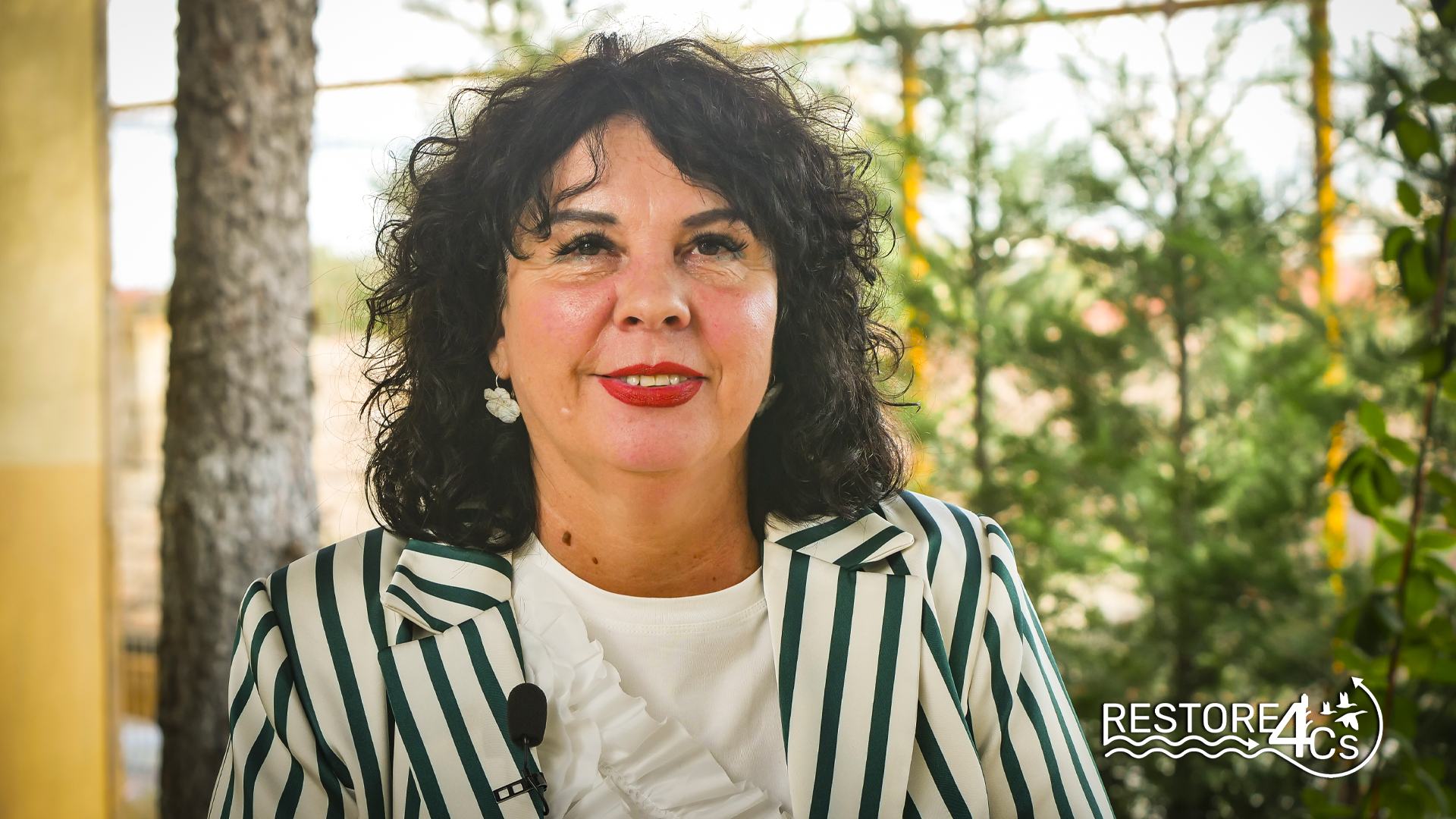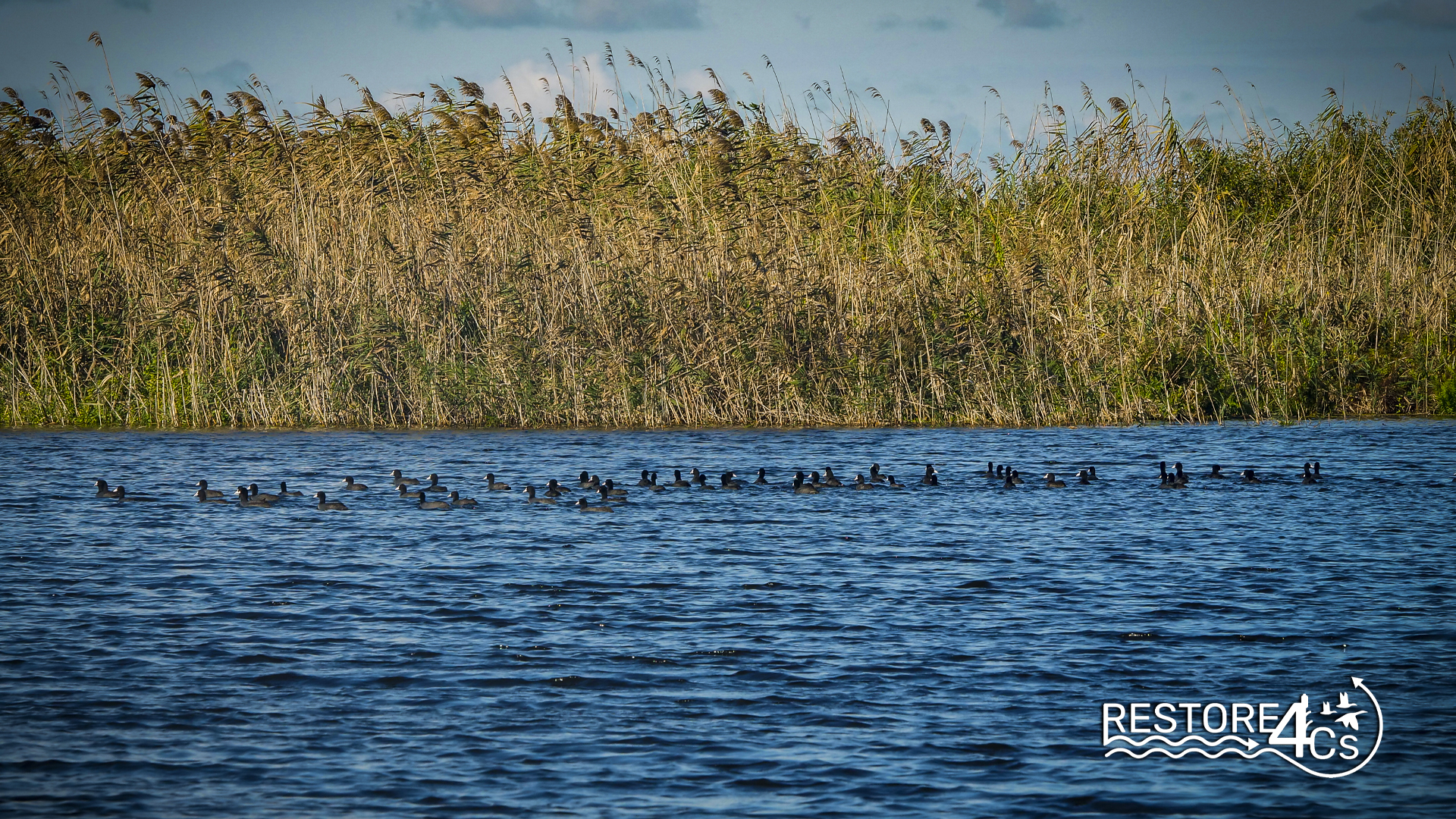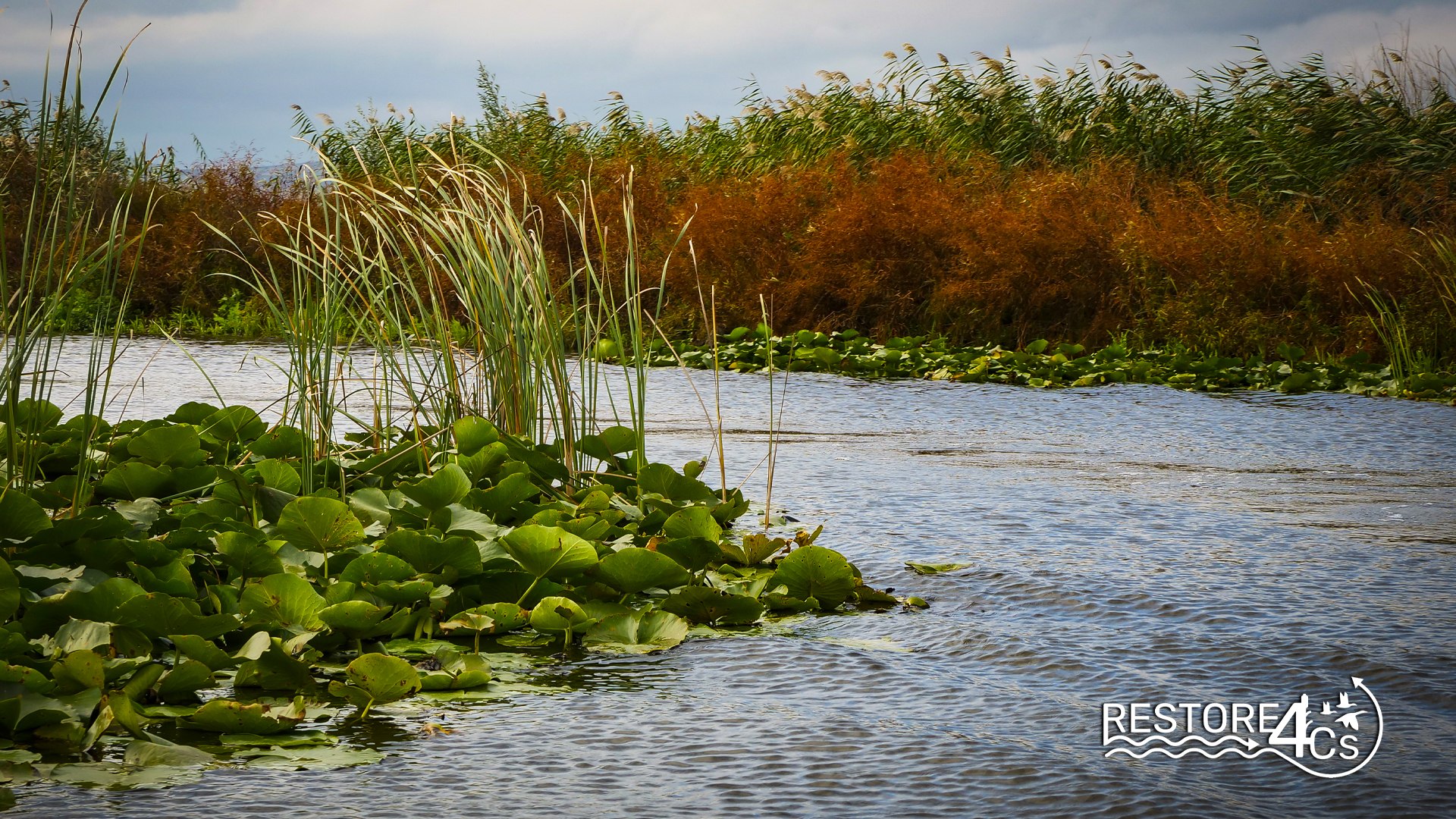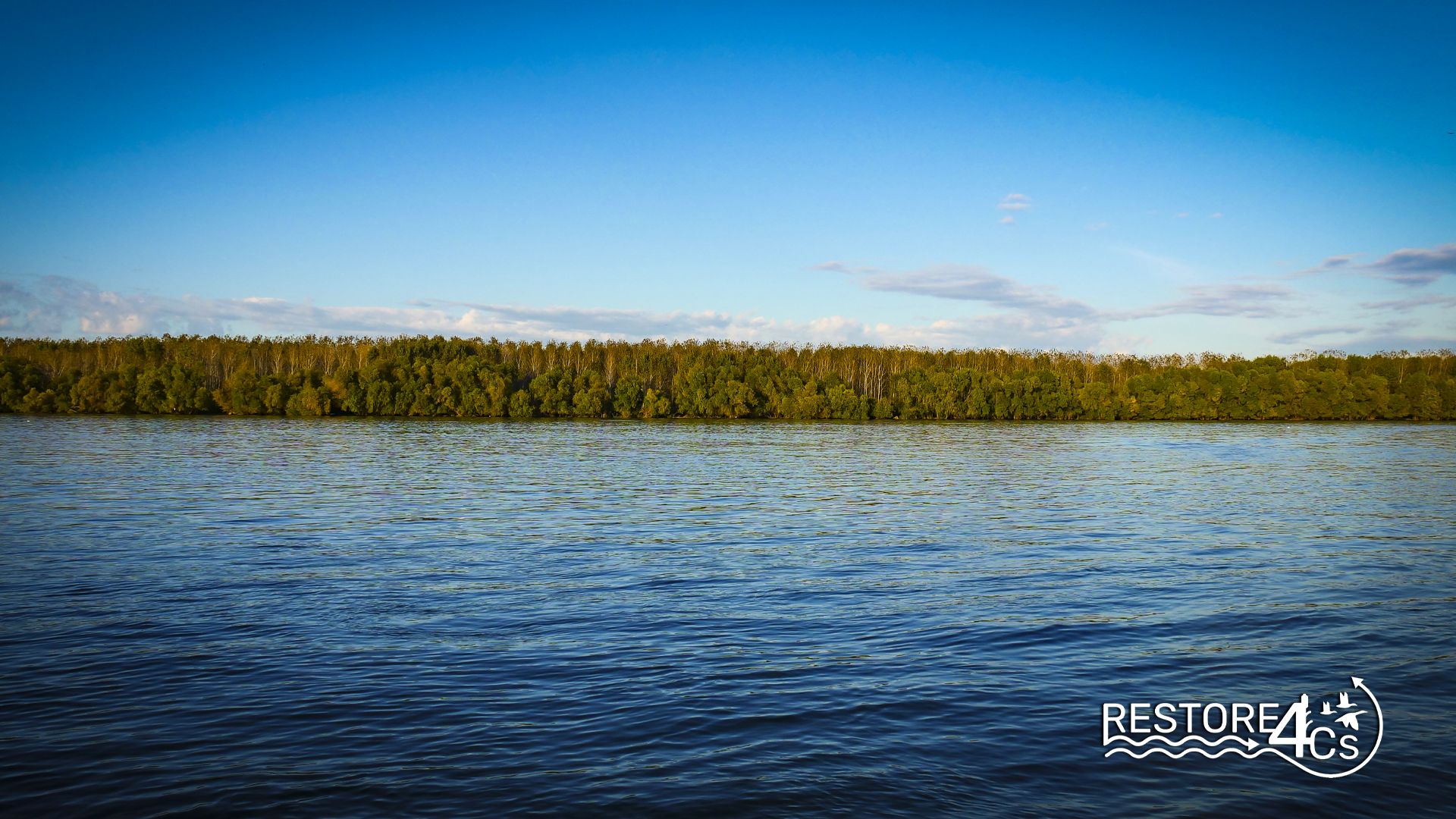
Danube Delta
- Home
- Case Pilots
- Danube Delta
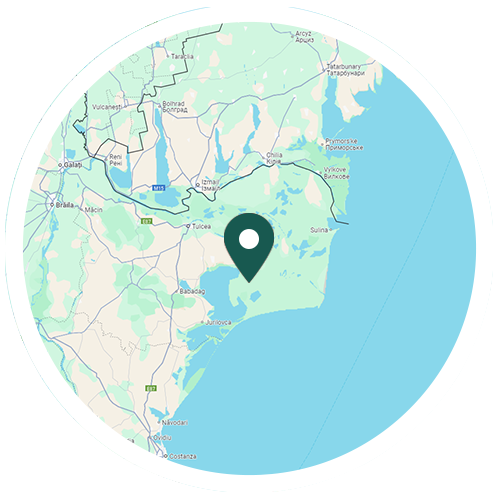
Protection Status: UNESCO Biosphere Reserve & World Heritage, Ramsar site, Natura 2000
Danube Delta
The Danube Delta is the second-largest delta in Europe and one of the best-preserved in the world. It formed due to the interplay between water and land and is currently hosting a mosaic of ecosystems supporting a very high biodiversity level. The deltas’ territory consists of a complex network of waterways, marshes, islands, and lakes, sprawling over 5,800 square kilometers, is not only a critical habitat for a wide array of species but also a dynamic complex of ecosystems that are raising a high interest for ecological and evolutionary studies.
The Danube Delta is also known for the role it plays for migratory bird populations. The Delta serves as a resting and nesting ground for hundreds of bird species, including rare and threatened ones like the Dalmatian pelican, the red-breasted goose, and the white-tailed eagle to mention only a few. The interaction between the bird populations and the Delta‘s aquatic environments is very important, as they are contributing, for example, to the seed dispersion of aquatic and control populations of insects and fish, maintaining in this way the structure and functions of the ecosystems.
Moreover, the Danube Delta harbors the largest compact reed bed expanse worldwide. These reed beds are not merely static features of the landscape; they are active participants in the ecological processes, providing shelter for fauna and playing a significant role in water purification. Additionally, reeds are instrumental in soil formation and stabilization, illustrating how the biotic components of the delta are interconnected with its abiotic elements.
The Danube Delta aquatic habitats vary from deep river arms to shallow marshes and from freshwater ecosystems to brackish waters where the Danube meets the Black Sea. This gradient of salinity and depth creates niches for different species, allowing a diverse range of organisms from both freshwater and marine origins to inhabit the delta. Here, you find an intricate food web ranging from microscopic algae and zooplankton to large fish like the European sturgeon, including the critically endangered beluga sturgeon.
Hydrology is a determinant factor in the structure and functioning of the Danube Delta’s unique ecosystems. The seasonal flooding of the Danube‘s waters shapes the delta’s terrain and influences the distribution and abundance of species. In spring, the rising water levels inundate forests and meadows, creating temporary aquatic habitats that are rich in nutrients. These seasonal changes are vital for the life cycles of many species and contribute to the incredible productivity of the Delta‘s ecosystems.
The balance of the Danube Delta‘s ecosystems is underpinned by the complex interactions between species and their environment. Predatory relationships, symbiotic associations, and competition for resources all play out in the delta, displaying nature’s delicate balancing act.
The Danube Delta is considered an important world biodiversity hotspot, been declared a UNESCO World Heritage Site and a Ramsar Wetland of International Importance due to its exceptional biodiversity. Its rich variety of habitats provides crucial breeding, feeding, and resting grounds for numerous species of birds, fish, mammals, and plants. It is estimated that the Danube Delta is home to over 5,000 species of flora and fauna, many of which are rare or endangered.
From the social-ecological point of view, the delta provides a range of essential ecosystem services, including flood regulation, water purification, sediment retention, and carbon sequestration. Its wetlands act as a natural buffer against floods, helping to mitigate the impacts of extreme weather events and an important freshwater storage area. The Delta also plays a vital role in maintaining water quality and shore stability in the Northwestern of the Black Sea.
The Delta supports fisheries and aquaculture activities providing livelihoods for local communities and contributing to regional economies. The Delta‘s waters are rich in fish species, including sturgeon, pike, carp, and perch, which support both commercial and recreational fishing activities. Additionally, aquaculture operations in the delta produce fish for domestic consumption and export.
Tourism and Recreation: The natural beauty and biodiversity of the Danube Delta attracts tourists from around the world, supporting a growing tourism industry in the region. Visitors come to explore the delta’s pristine landscapes, observe wildlife, go birdwatching, take boat tours, and experience traditional local culture. Tourism provides opportunities for local communities to generate income through hospitality services, guided tours, and artisanal crafts.
Cultural Heritage: The Danube Delta is home to several ethnic communities, including Ukrainians, Lipovans, and Roma, each with their cultural traditions, languages, and lifestyles. These communities have developed unique ways of living in harmony with the Delta‘s natural environment, practicing traditional fishing, farming, and crafts. Their cultural heritage adds to the richness and diversity of the delta’s identity and contributes to its appeal as a cultural destination.
Conservation and Sustainable Development: The Danube Delta faces various threats, including habitat loss, pollution, overfishing, invasive species, and climate change. Conservation efforts are essential to protect the delta’s unique ecosystems and biodiversity while promoting sustainable development and livelihoods for local communities. Initiatives focus on habitat restoration, sustainable fisheries management, eco-tourism development, environmental education, and community engagement to ensure the long-term health and resilience of the Delta.
Overall, the Danube Delta is a globally significant natural treasure that provides invaluable ecological, economic, and cultural benefits to both local communities and society at large. Protecting and preserving this unique ecosystem is crucial for current and future generations to enjoy its beauty and benefits.
Achievements
- Lorem ipsum dolor sit amet, consectetur adipiscing elit.
- Lorem ipsum dolor sit amet, consectetur adipiscing elit.
- Lorem ipsum dolor sit amet, consectetur adipiscing elit.
WHY THIS CASE PILOT MATTERS
How and what research is carried out at this site
The Danube Delta is located in the Black Sea and Stepic biogeographical regions and was selected as a Case Pilot to gather data and information in situ, and to test the framework developed under RESTORE4Cs at a local scale.
During a year (October 2023 – July 2024), fieldwork campaigns are conducted every three months by researchers from the University of Bucharest and other project partners. Rates of C-storage and greenhouse gases (GHG) exchanges (particularly carbon dioxide (CO2), methane (CH4) and nitrous oxide (N2O) and are seasonally measured, in wetlands of different status: preserved, altered and restored.
Data gathered on C-storage and GHG emissions will be linked to the conservation status (preserved/altered/restored) of the Danube Delta wetlands in order to understand their role in carbon dynamics. These data, together with a literature meta-analysis, are used to feed and calibrate conceptual and quantitative models developed within the project, to extrapolate toward upper scales and forecast the response of wetlands C-storage and GHG emissions abatement to restoration actions. Ultimately, data and information obtained from the field campaigns in the Danube Delta, and in the other six Case Pilots, will contribute to improving the knowledge on wetlands’ status and their restoration potential to understand their capacity as carbon sinks or GHG sources, and to analyse the degree to which wetland restoration approaches are affected by different scenarios of climate change.
The Danube Delta wetlands will serve evidence to draw EU wide conclusions (upscaling) and tools, enabling to reach common policy-relevant decision-making on wetlands restoration at a pan-European level (natural wetlands, floodplains and peatlands).
A complex network of waterways, marshes, islands, and lakes, sprawling over 5,800 square kilometers.
Data gathered on C-storage and GHG emissions will be linked to the conservation status of the Danube Delta wetlands to understand their role in carbon dynamics.
Evidence to draw EU-wide conclusions and tools, enabling to reaching common policy-relevant decision-making on wetlands restoration at a pan-European level.
Natural buffer against floods, helping to mitigate the impacts of extreme weather events and an important freshwater storage area.
Data obtained from the fieldwork campaigns will contribute to analyse the degree to which wetland restoration approaches are affected by different scenarios of climate change.
KEY SCIENTIFIC PAPERS
25/03/2024
Lorem ipsum dolor sit amet, consectetur adipiscing elit, sed do eiusmod tempor incididunt ut labore et dolore magna aliqua
Authors: Pippo, Pluto, Topolino
25/03/2024
Lorem ipsum dolor sit amet, consectetur adipiscing elit, sed do eiusmod tempor incididunt ut labore et dolore magna aliqua
Authors: Pippo, Pluto, Topolino
25/03/2024
Lorem ipsum dolor sit amet, consectetur adipiscing elit, sed do eiusmod tempor incididunt ut labore et dolore magna aliqua
Authors: Pippo, Pluto, Topolino
25/03/2024
Lorem ipsum dolor sit amet, consectetur adipiscing elit, sed do eiusmod tempor incididunt ut labore et dolore magna aliqua
Authors: Pippo, Pluto, Topolino
Local STAKEHOLDERS
Timeline
02/10/2023 – 06/10/2023
1st Sampling Campaign
20/05/2024 – 24/05/2024
3rd Sampling Campaign
04/03/2024 – 08/03/2024
2nd Sampling Campaign
29/07/2024 – 02/08/2024
4th Sampling Campaign
